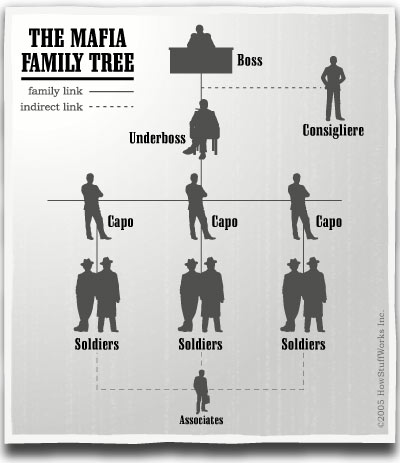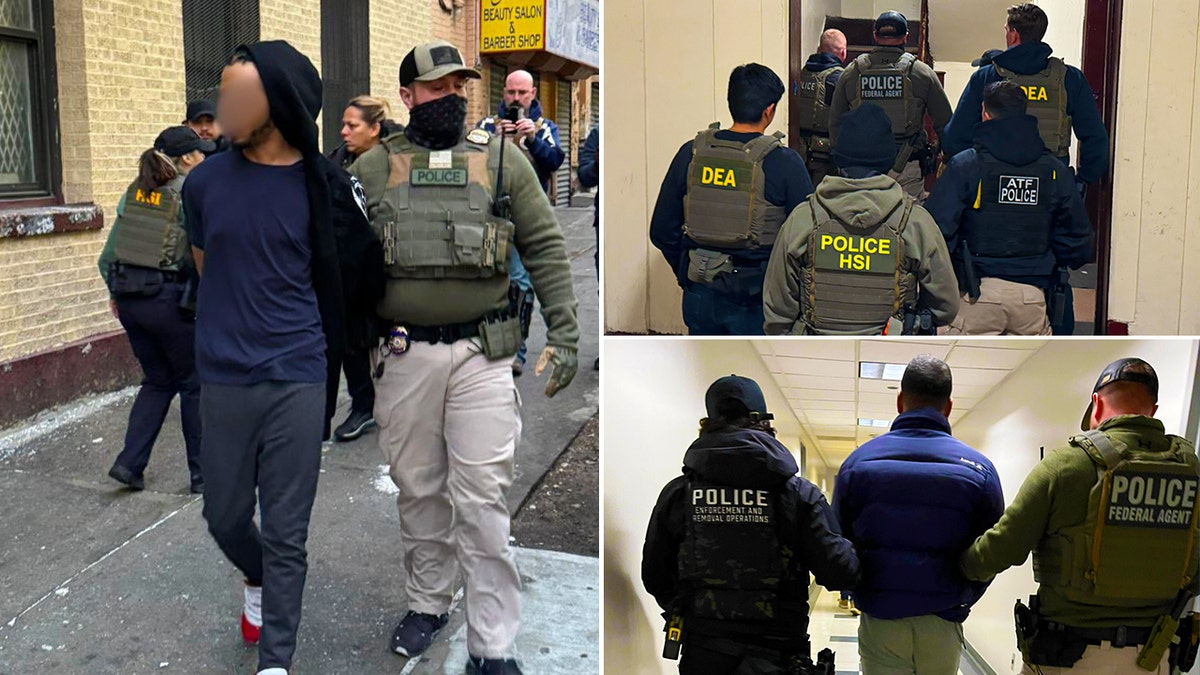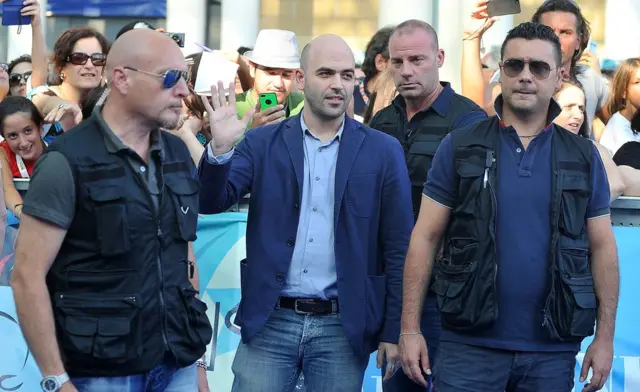La Cosa Nostra, often referred to as the Italian American Mafia, is a complex and historically significant criminal organization that has left an indelible mark on American society. This article explores the origins, structure, and evolution of La Cosa Nostra, shedding light on its operations, influence, and legacy in the United States.
The Origins of La Cosa Nostra
La Cosa Nostra, which translates to “Our Thing” in Italian, traces its roots back to Sicily, where it emerged as a secretive and hierarchical criminal organization. Initially formed as a network of families or clans, the Mafia was structured around a code of silence known as omertà, which dictated that members never speak out against their own. This code ensured the survival of the organization through generations, even as it faced numerous challenges from both local and national authorities.
The term “Mafia” became synonymous with organized crime in the United States, but technically, it refers specifically to the Sicilian organization and its American counterpart. The Sicilian Mafia, or Cosa Nostra, evolved from private armies hired by absentee landlords to protect their estates from bandits. Over time, these groups turned against their employers and established themselves as the de facto law in many regions of Sicily.
The Structure of La Cosa Nostra
At the heart of La Cosa Nostra is a rigid hierarchy that mirrors the structure of traditional Sicilian families. Each family, or cosca, is led by a boss, also known as a don. The boss is elected by his fellow members for a one-year term and is supported by an underboss and a counselor. The underboss, or capo bastone, serves as a deputy, while the counselor, or consigliere, provides guidance and ensures the boss’s decisions align with the clan’s interests.
Below the boss are the caporegimes, who lead smaller units within the family. These units, known as decine, are responsible for specific areas of operation, such as gambling, extortion, or labor racketeering. The rank-and-file members, often referred to as soldiers or young men, carry out the day-to-day activities of the organization.

The Five Families of New York
In the early 20th century, as Italian immigrants settled in the United States, they brought their traditions and criminal enterprises with them. In New York City, the Mafia took on a new form, leading to the formation of the Five Families: Gambino, Genovese, Lucchese, Bonanno, and Colombo. These families were established in 1931 by Salvatore Maranzano, who reorganized the underworld to prevent internal conflicts.
Each family had a defined structure, with a boss at the top, followed by an underboss, consigliere, caporegimes, and soldiers. The Five Families dominated organized crime in the United States for decades, controlling various illegal activities such as bootlegging, gambling, and labor racketeering.
The Rise and Fall of the Mafia
During the Prohibition era, the Mafia found new opportunities in the illegal production and distribution of alcohol. However, after the repeal of Prohibition in 1933, the organization shifted its focus to other forms of crime, including gambling, loan sharking, and narcotics distribution. By the mid-20th century, the Mafia had become the most powerful criminal organization in the United States.
However, the rise of federal law enforcement efforts, particularly the Racketeer Influenced and Corrupt Organizations (RICO) Act of 1970, dealt a significant blow to the Mafia. This legislation allowed prosecutors to target entire organizations rather than just individual members, leading to the conviction of numerous mobsters and the dismantling of many operations.

Modern Day La Cosa Nostra
Today, La Cosa Nostra operates in a more discreet manner, focusing on white-collar crimes such as insurance fraud, money laundering, and cyber scams. While the Five Families still exist, their influence has diminished significantly compared to their heyday in the mid-20th century. Nevertheless, the legacy of La Cosa Nostra continues to shape the landscape of organized crime worldwide.
Despite the decline in power, the structure and principles of La Cosa Nostra remain relevant. Many criminal organizations today adopt similar hierarchies and codes of conduct, demonstrating the enduring impact of this historic group.

Frequently Asked Questions
Q1: What does “La Cosa Nostra” mean?
It means “our thing” in Italian, symbolizing loyalty and secrecy among Mafia members.
Q2: Who created the Five Families?
Salvatore Maranzano established the Five Families in 1931 to prevent future mob wars in New York.
Q3: What crimes are the Five Families known for?
They’ve been linked to gambling, racketeering, loan sharking, drug trafficking, and labor corruption.
Q4: Is La Cosa Nostra still active today?
Yes, but it’s smaller and more discreet. It operates in financial frauds and white-collar crimes rather than street violence.
Q5: What law weakened the Mafia the most?
The RICO Act, introduced in 1970, allowed entire criminal organizations to be prosecuted for their collective actions.
Conclusion
La Cosa Nostra, or the Italian American Mafia, has played a significant role in the history of organized crime in the United States. From its origins in Sicily to its dominance in New York City, the organization has left a lasting legacy. While its power has waned in recent decades, the principles and structure of La Cosa Nostra continue to influence criminal organizations around the world.
Stay updated with the latest news about organized crime and its evolving landscape.
Author Section
Author: John Smith
Title/Role: Investigative Journalist
Credentials: With over a decade of experience covering organized crime, John has written extensively on the Mafia and its impact on American society. His work has been featured in major publications such as The New York Times and Forbes.
Profile Link: https://www.johnsmithjournalist.com
References
- Reuters. (2011). U.S. arrests 119 in biggest Mafia bust. January 21, 2011.
- Associated Press. (2019). Mob boss Francesco Cali shot dead outside Staten Island home. March 14, 2019.
- BBC News. (2020). How the Mafia adapted to the modern world. August 12, 2020.
Internal Links
- Understanding the History of the Mafia
- The Impact of the RICO Act on Organized Crime
- Modern-Day Criminal Organizations
Schema Markup
{
"@context": "https://schema.org",
"@type": "Article",
"headline": "Understanding La Cosa Nostra: The English Guide to the Mafia",
"description": "Explore the origins, structure, and legacy of La Cosa Nostra, the Italian American Mafia, and its impact on organized crime in the United States.",
"author": {
"@type": "Person",
"name": "John Smith"
},
"datePublished": "2025-04-05",
"publisher": {
"@type": "Organization",
"name": "US Trending News",
"logo": {
"@type": "ImageObject",
"url": "https://www.example.com/logo.png"
}
}
}
Featured Snippet Optimization
La Cosa Nostra, or the Italian American Mafia, is a criminal organization that originated in Sicily and later established itself in the United States. It is known for its hierarchical structure, code of silence (omertà), and involvement in various illegal activities. Despite federal crackdowns, it remains a significant force in organized crime.










More Stories
US Trending News: The History and Legacy of Zoo York in Streetwear Culture
Understanding ‘You Got That Right’ in The New York Times: Context and Implications
US Trending News: What Are Winter Bones? A Guide to the Seasonal Trend in Bone Health